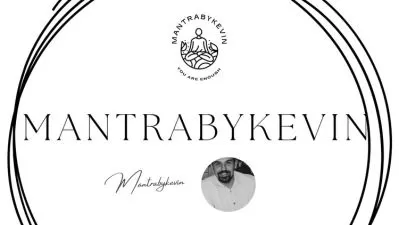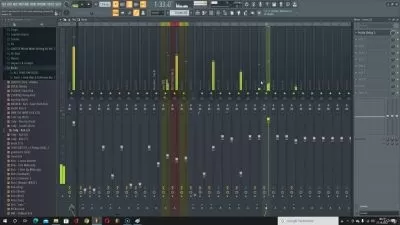About ReikiLearn More
Reiki is a method of channeling healing energy through gentle touch. The term comes from the Japanese "rei" which means universal and "ki" which describes the vital life force in all living things. Treatments may promote feelings of peace and wellness. Udemy offers a broad selection of Reiki courses for meditation, chakra cleansing, color therapy, and more.
Sort by:
Sorting
The newest
Most visited
Course time
Subtitle
Filtering
Frequently asked questions about Reiki
Reiki proposes a holistic treatment that can stimulate healing. It proposes that everything — inanimate objects and living things — contains energy that creates our world. Reiki practitioners channel this universal life force energy during each Reiki session. In Japan, this energy is called Ki. When combined with the word Rei, which means spiritual, the word Reiki means spiritual energy. Fear and worry can create energy blockages that can lead to physical pain and disease, but Reiki can help the energy flow freely once more. Reiki recipients lay on a massage table or sit in a chair. Some Reiki practitioners send Reiki by placing their hands just above the recipient while others gently touch the skin. Practitioners can also send distance Reiki through meditation and visualization. Reiki can alleviate pain and stress and strengthen the immune system. Five elements make up the Reiki system — the Reiki principles, meditations, hands-on healing, mantras and symbols, and attunements. Reiki continues to be examined
Reiki's founder Mikao Usui created five Reiki principles: "Just for today, do not worry. Do not anger. Be Kind. Work honestly. Be grateful." The first principle focuses on living in the moment and letting go of dwelling on the future and the past to reduce feelings of anxiety, regret, and tension. Do not anger, the second principle, acts as a reminder to feel anger, learn from it, and let it go — holding onto anger can block energy and cause health issues. Respecting the differences between all living things, as the third principle prompts us to do, encourages compassion. The fourth principle concentrates on maintaining integrity in your work, which helps build trust. And lastly, being grateful allows you to appreciate everything in your life, including your problems, because they may aid spiritual and emotional growth. Meditating on these principles can help release energy blockages that may hinder Reiki's flow, and they can help lead to better emotional, spiritual, and physical health.
Reiki level 1 students learn the Reiki principles, the history of Reiki and its founder Usui Mikao, and a hand pose to connect with Reiki energy. Level 1 students receive the Reiki 1 attunements, which clear each student’s energy. Students at this level discover how to direct Reiki energy through the palms and fingertips. And they learn techniques and hand poses for practicing self-healing and sending Reiki to others in an in-person setting. Reiki level 2 students receive an additional attunement. They also study the first three Reiki symbols and their accompanying mantras, which represent focus, harmony, and connection, and assist in sending Reiki. Students may also learn Hara exercises and how to send Reiki with their eyes and breath. Reiki level 3 students learn the fourth Reiki symbol and its accompanying mantra and additional meditation methods and connecting with Reiki energy. Level 3 students also learn how to perform an attunement in preparation for teaching Reiki.







